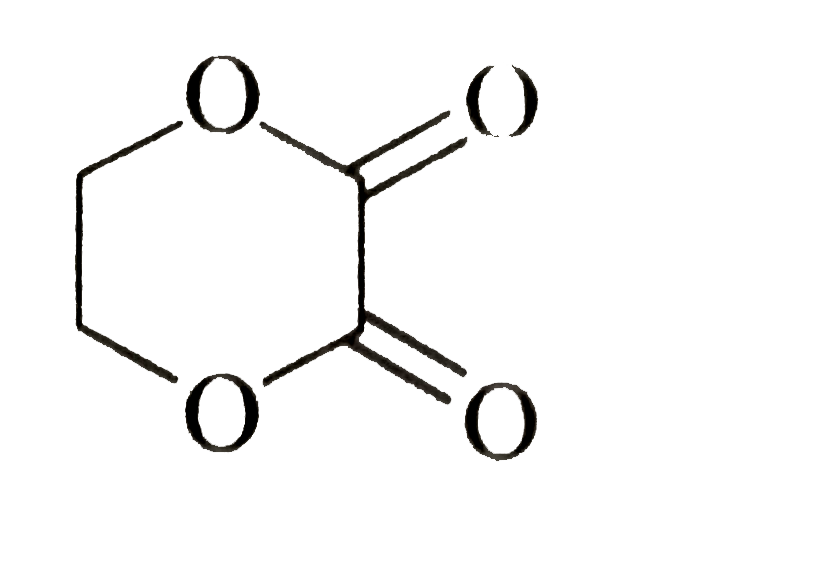The "saponification value " of an oil or fat is measured in term of
NH4OH
NaOH
KOH
C6H5OH
The correct Answer is:C
Saponification value is the number of milligrams of KOH required to neutralise the fatty acids resuling from the complete hydrolysis of 1 g of oil or fat.
Topper's Solved these Questions
- CHEMISTRY IN EVERYDAY LIFE BOOK - MHTCET PREVIOUS YEAR PAPERS AND PRACTICE PAPERSCHAPTER - CHEMISTRY IN EVERYDAY LIFE EXERCISE - EXERCISE 2
38 Videos
- CHEMISTRY IN EVERYDAY LIFE BOOK - MHTCET PREVIOUS YEAR PAPERS AND PRACTICE PAPERSCHAPTER - CHEMISTRY IN EVERYDAY LIFE EXERCISE - MHT CET CORNER
11 Videos
- CHEMICAL THERMODYNAMICS AND ENERGETICBOOK - MHTCET PREVIOUS YEAR PAPERS AND PRACTICE PAPERSCHAPTER - CHEMICAL THERMODYNAMICS AND ENERGETICEXERCISE - MHT CET Corner
40 Videos
- COORDINATION COMPOUNDSBOOK - MHTCET PREVIOUS YEAR PAPERS AND PRACTICE PAPERSCHAPTER - COORDINATION COMPOUNDSEXERCISE - MHT CET Corner
7 Videos
Similar Questions
The saponification number of fat or oil is defined as the number of mg of KOH required to saponify 1 g oil or fat. A sample of peanut oil weighing 1.5763 g is added to 25 mL of 0.421 M KOH. After saponification is complete, 8.46 mL of 0.2732MK2SO4 is needed to neutralise excess of KOH. What is the saponification number of peanut oil ?
View SolutionDefine Saponification.
View Solution
Knowledge Check
The "saponification value " of an oil or fat is measured in term of
ANH4OHBNaOHCKOHDC6H5OHThe 'acid value' of an oil or fat is measured in terms of weight of
ANH4OHBNaOHCKOHDCH3COOHSaponification means
AAcid hydrolysisBalkaline hydrolysisCEsterificationDDehydration
Calorific value of fat
View Solution on saponification forms:
on saponification forms:
View SolutionThe calorific value of fat is -
View SolutionSaponification of an oil results in the formation of
View SolutionPotassium stearate is obtained by saponification of an oil or fat. It has the formula,
CH3(CH2)16COO−K+ The molecule has a hydrophobic end (CH3(CH2)16−) and a hydrophilic end (COO−K+). Potassium stearate is an example of
View Solution
